In a striking blend of classic art and modern technology, an AI-generated video of Leonardo da Vinci’s Mona Lisa singing Lady Gaga’s “Paparazzi” has captured the attention of netizens worldwide. This digital masterpiece, developed using advanced artificial intelligence, showcases Mona Lisa in a new light, leaving audiences both entertained and intrigued.
Technology Behind the Magic
Developers used a sophisticated AI technology known as VASA-1, which excels in creating hyper-realistic videos by synthesizing audio and video to produce lifelike animations of faces from still images. This method involves deep learning techniques that analyze the nuances of facial expressions and synchronize them perfectly with audio inputs, making Mona Lisa not just sing but express emotions visually that align with the lyrics of “Paparazzi.”
The AI was trained using a method called “few-shot learning,” which allows it to generate convincing facial expressions and movements from a limited number of images. Researchers provided the AI system with multiple reference points from different facial expressions to enhance the realism of the output, making it difficult to distinguish between the AI-generated face and real human expressions.
Cultural Impact and Reception
The viral video has not only demonstrated the capabilities of AI in transforming static art into dynamic interactions but also sparked discussions about the implications of such technologies in art and media. Viewers found the video amusing and impressive, reflecting on how technology can bring a new dimension to classical artworks that have been static for centuries.
Critics and enthusiasts alike have expressed awe at the technology’s ability to “revive” art icons, with the AI-generated Mona Lisa becoming a topic of lively debate across social media platforms. While some marvel at the technical prowess, others ponder the ethical aspects of using AI to manipulate historical artworks digitally.
The AI-generated video of Mona Lisa singing “Paparazzi” marks a significant milestone in the intersection of art and technology. As AI continues to evolve, its integration with traditional art forms promises to redefine our experience of art, making it more interactive and accessible while preserving the essence of the original works. This fusion of past and future opens up endless possibilities for creativity, making it an exciting time for both artists and technologists.
This innovative approach to combining AI with classic art highlights not only the technical achievements but also the creative potential that modern technology can bring to traditional media. As AI technologies like VASA-1 become more sophisticated, the boundaries between art and technology will continue to blur, leading to more groundbreaking projects that challenge our perceptions of art and its role in society.














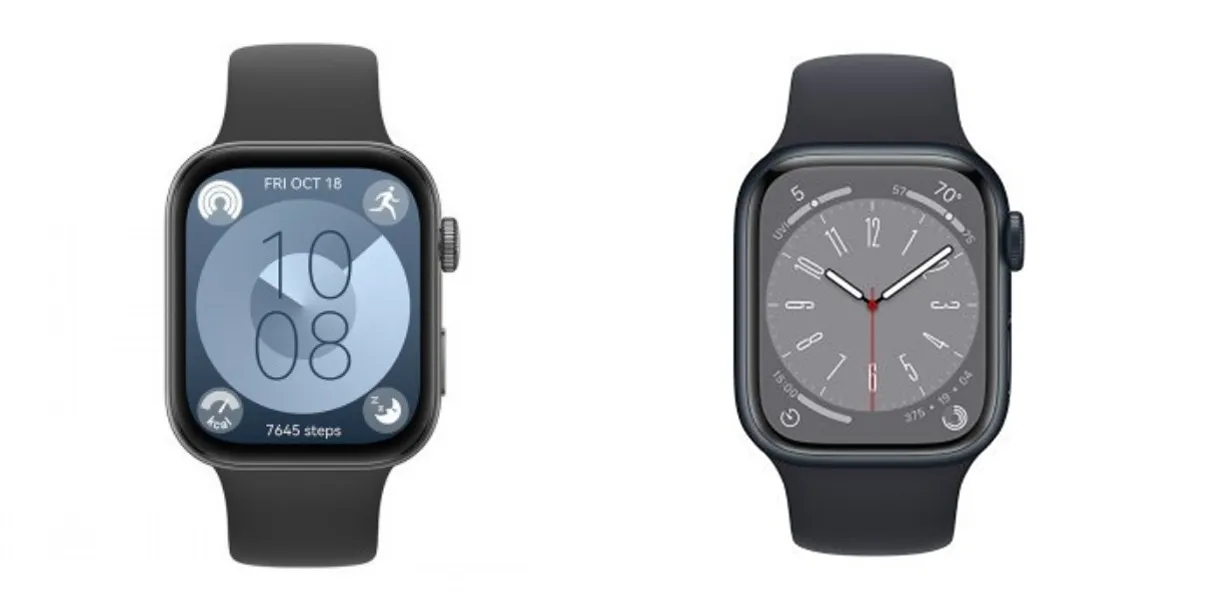
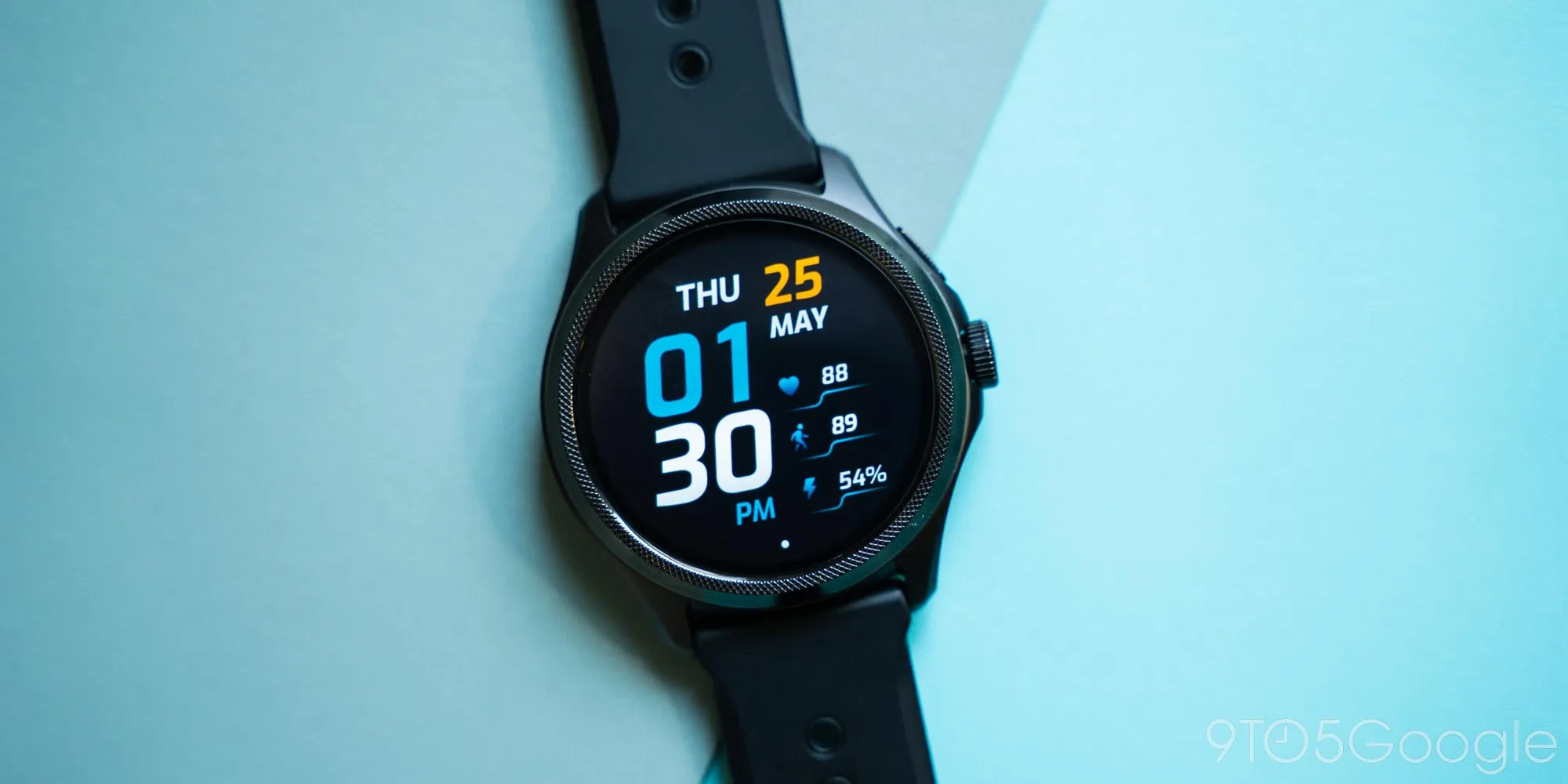
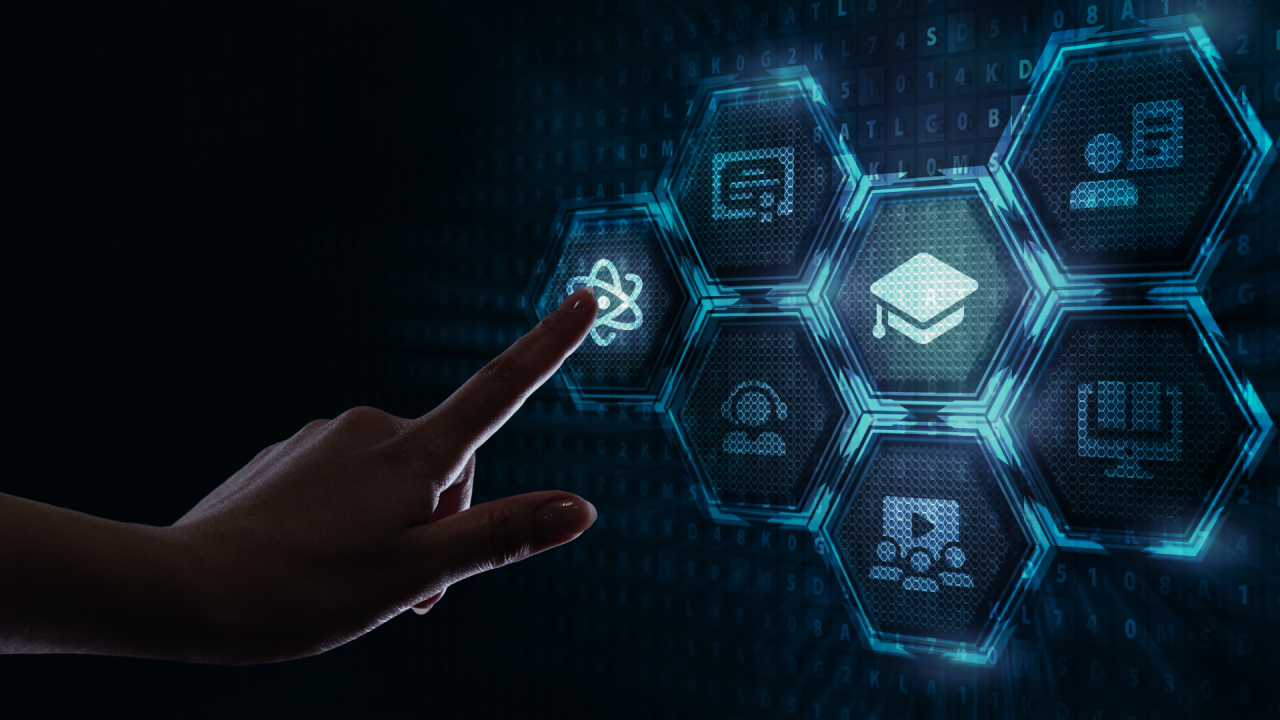
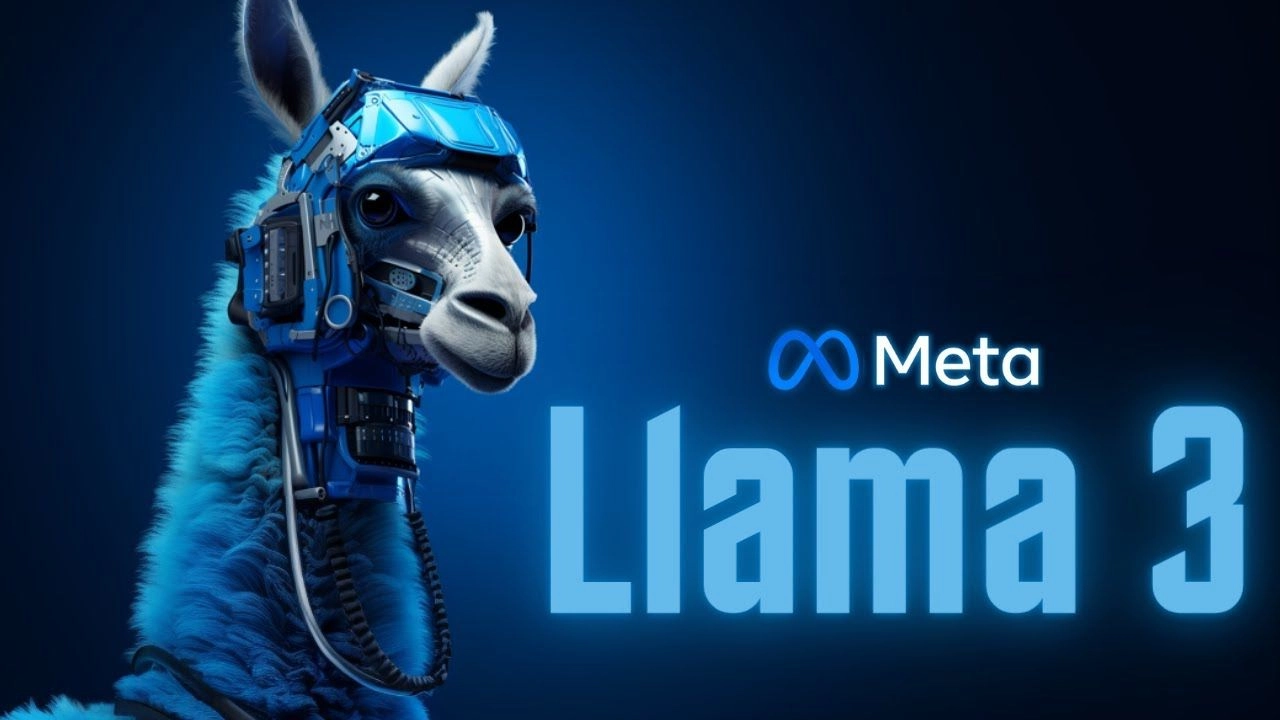

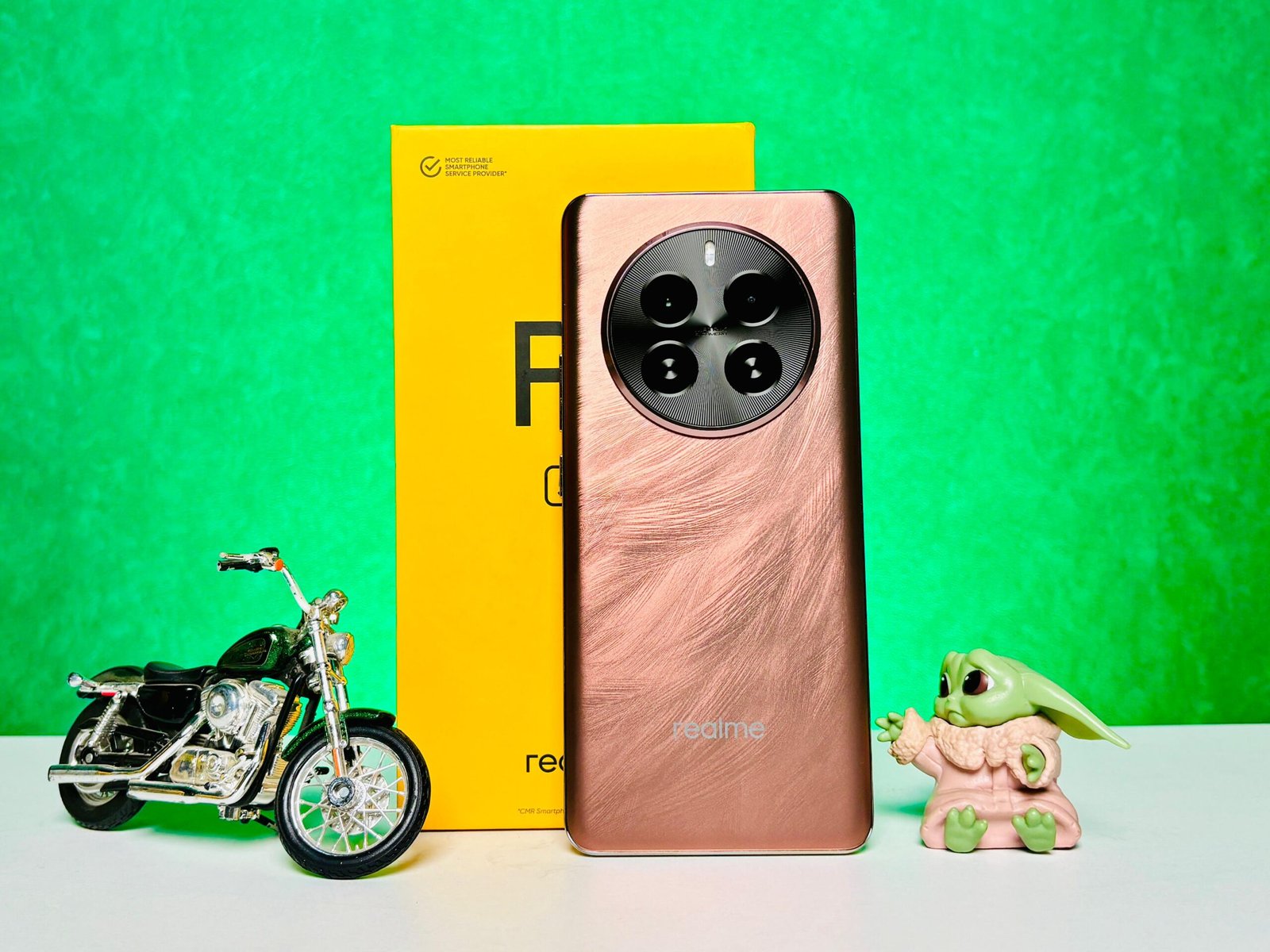
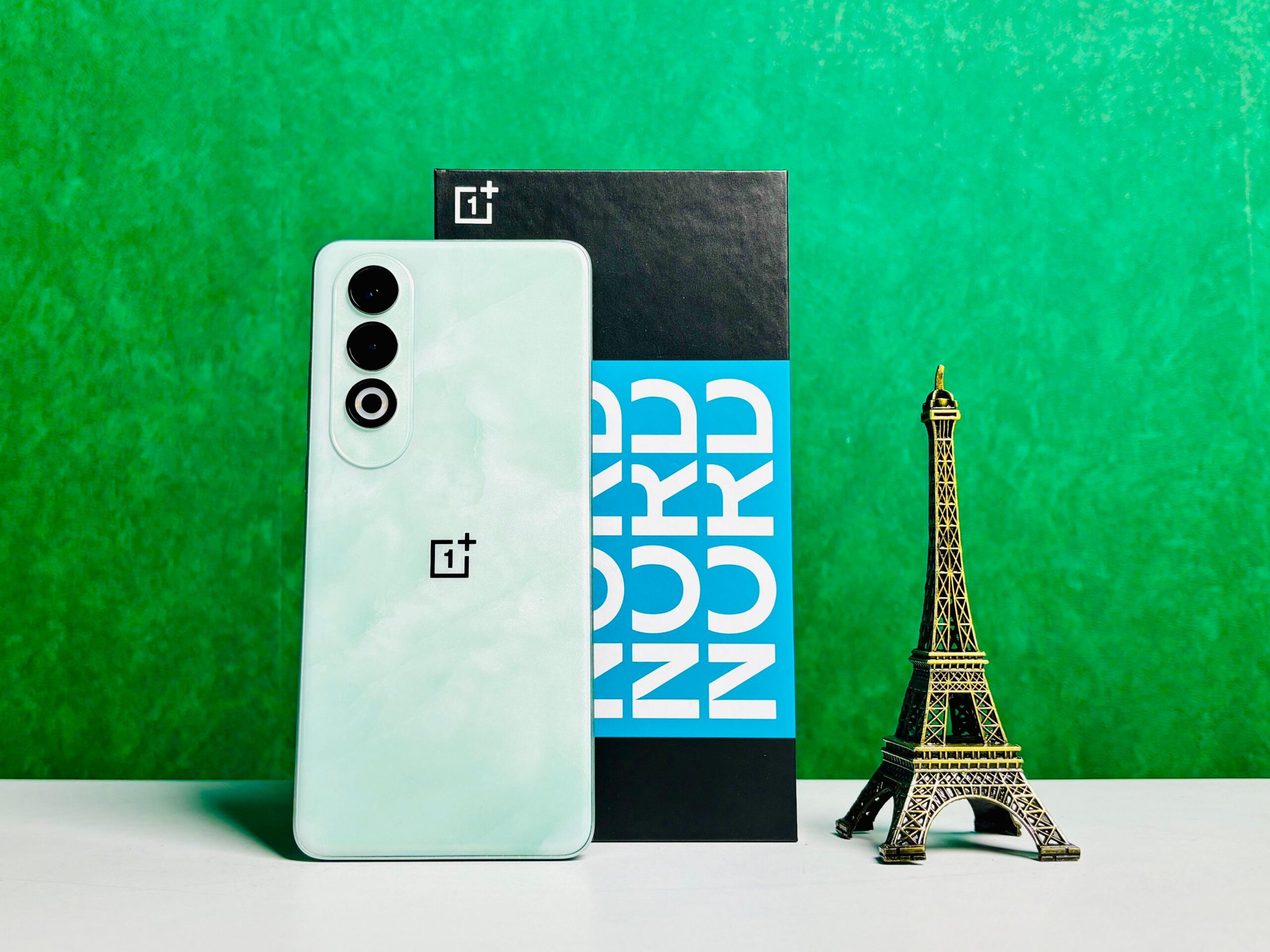

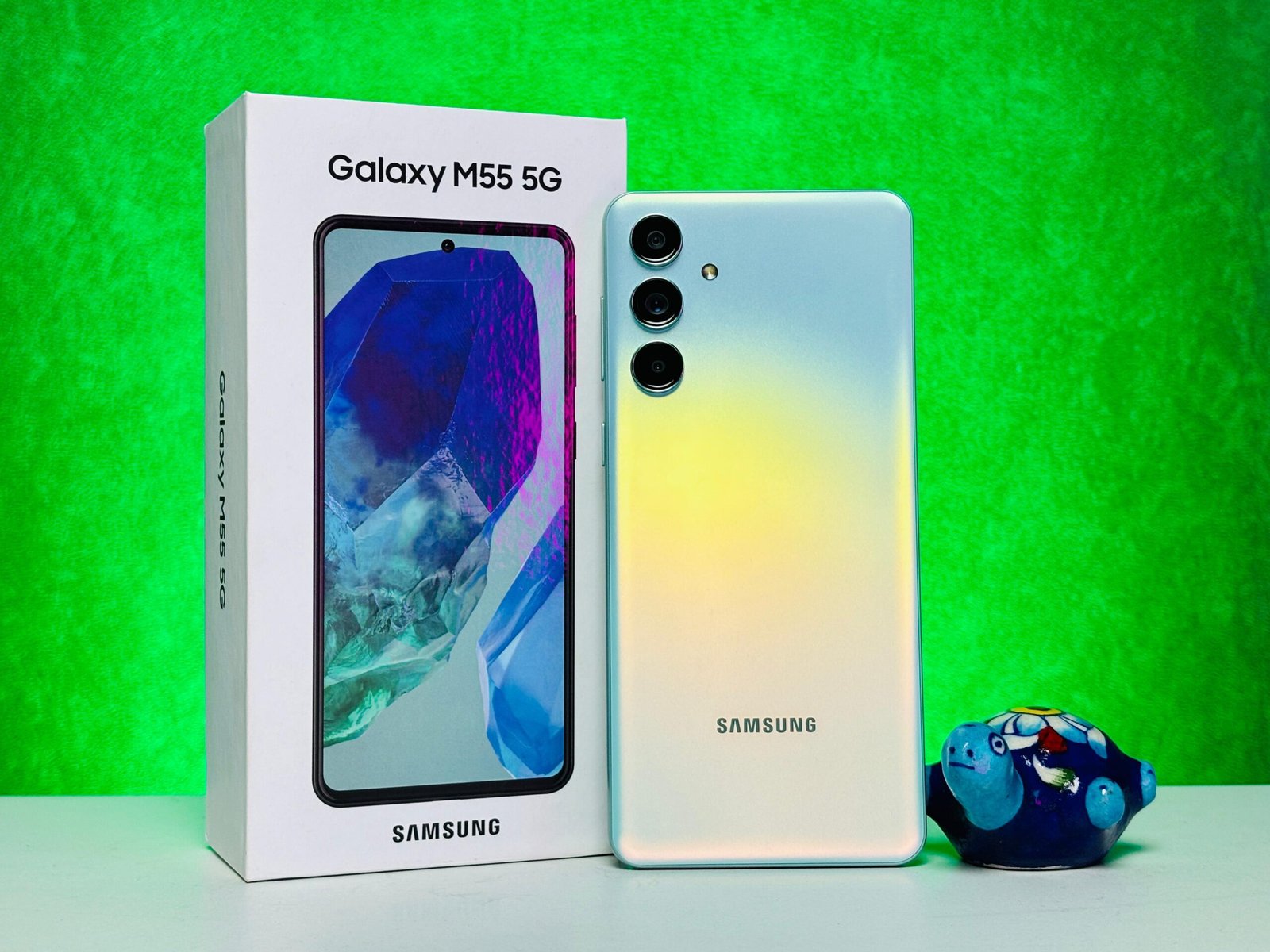
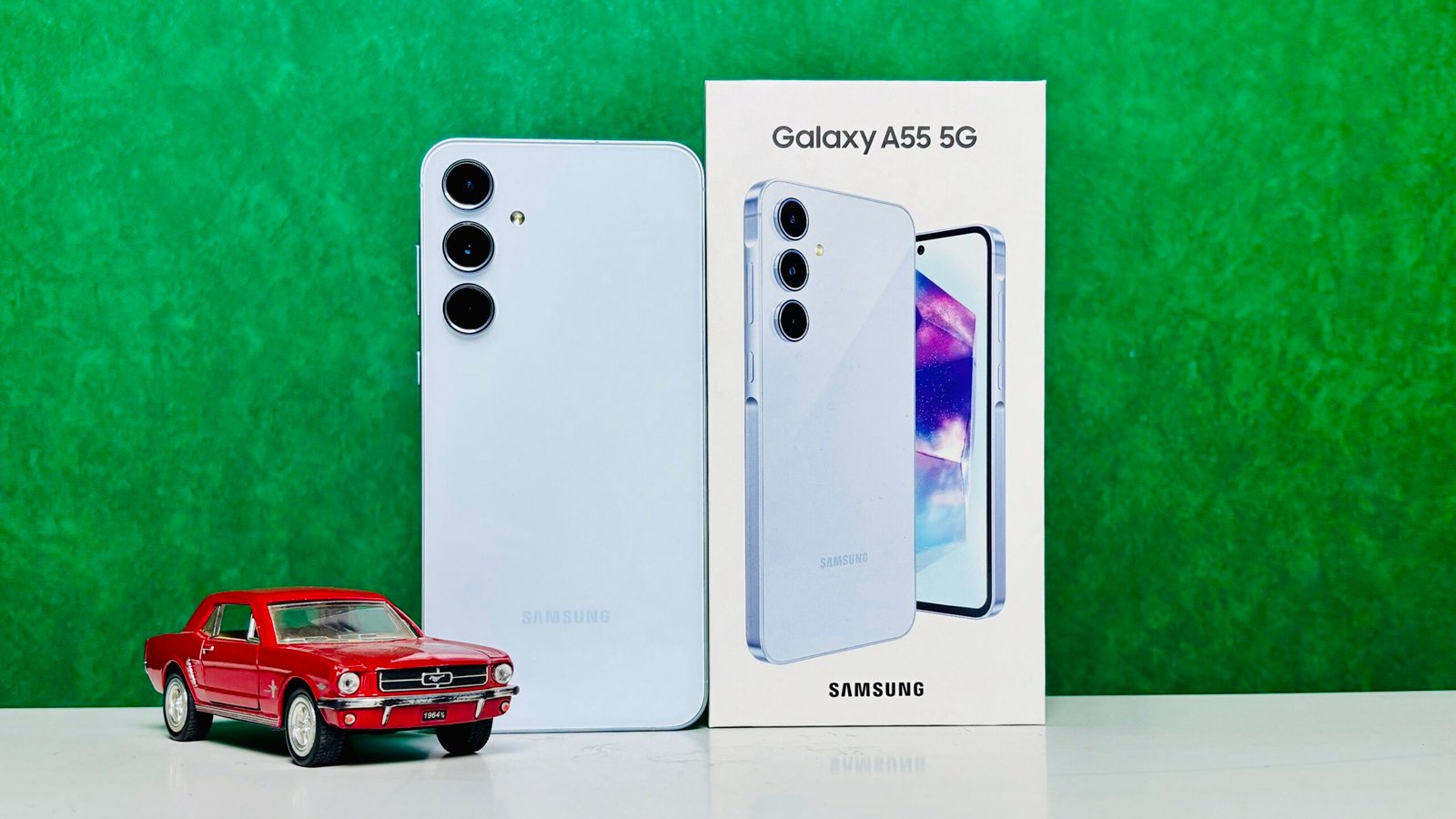
Add Comment